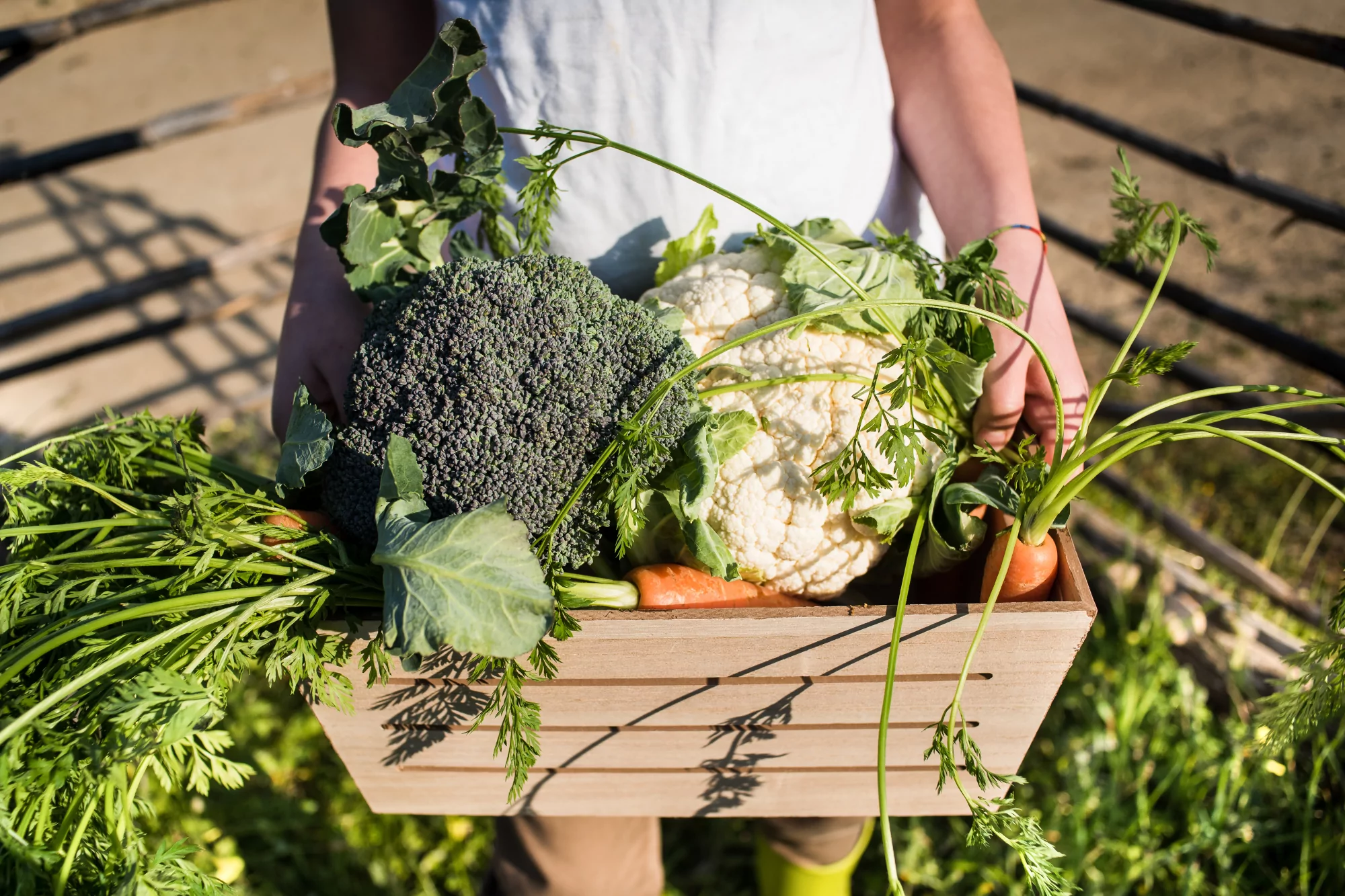What is Sustainability?
Sustainability is most often defined as the ability to exist and develop in the present without depleting natural resources of the future.
Why should living sustainably matter to you?
To put it simply, living sustainably should matter because our entire existence depends on the health of our planet. Natural resources allow us to enjoy many daily activities we take for granted such as breathing, driving our car to the grocery store, or even taking a shower. In fact, according to a Readers Digest article, if we ran out of energy sources such as water, oxygen, or fuel, there would be catastrophic consequences. These energy sources are nonrenewable meaning that they cannot be replaced nearly as fast as they are consumed.
Water
Water makes up about 70% of our planet’s surface, however, almost 95% of that water is unsuitable to be consumed due to it being confined to glacier formations or being polluted by industrial and agricultural waste. NASA has conducted numerous studies that have found that much of our freshwater sources are being drained much faster than they are being replenished. Increasing population worldwide, global warming, and urban development are three of the biggest culprits, yet, we as individuals are also to blame. The EPA (United States Environmental Protection Agency) estimates that each American uses over 80 gallons of water per day.
What can you do to conserve water?
While we are all probably guilty of unnecessarily wasting water at some point or other, there are simple changes we can make in our daily habits to help conserve water:
- Turn off the faucet while you brush your teeth
- Install and use dual flush toilets in your home
- Use a rain barrel to water your indoor and outdoor plants
- Fix any existing leaks you might have. A leaky toilet can waste almost 200 gallons of water per day
- Run the dishwasher or washing machine only when you have a full load and make sure you are selecting the right load size on your washing machine
- Scrape dishes rather than rinse them before loading into the dishwasher
- Be mindful of your water use and take shorter showers
Oxygen and Fossil Fuels
NASA has determined that oxygen levels have been declining for hundreds of thousands of years, and the main culprit of this decline is carbon emissions. Carbon emissions come from the burning of fossil fuels such as oil, coal, and natural gas. Over 80% of energy in the United States comes from fossil fuels, and if we continue relying on these fuels like we currently are, scientists fear we may be at risk of running out of them by 2060.
On top of the risk of running out of fossil fuels, the carbon that is released from burning these fuels combines with oxygen molecules in the air and creates carbon dioxide (CO2). This process traps the oxygen in the air, preventing us from being able use that oxygen to breathe. CO2 is also the primary culprit of global warming. According to MIT, global warming causes our oceans to warm up significantly. Which might not sound too terrible except for the fact that the warmer liquids like water become, the less dissolved gas they can hold. The less gas our ocean water can hold, the less dissolved oxygen is available for marine life to survive off.
What can you do to reduce your carbon footprint (the use of fossil fuels)?
- Turn off lights and devices whenever they are not in use. Try to make as much use out of natural light during the day as possible
- Use LED lightbulbs. Not only do these lightbulbs use less energy, but they also last much longer
- Reuse or replace products that are produced by fossil fuels.
- Avoid using disposable paper or plastic shopping bags. Instead opt for reusable fabric shopping bags
- Invest in reusable containers for water instead of buying bottled water
- Consider visiting a local zero waste store to explore different products you could be using in your daily life such as reusable towels to replace paper towels or beeswax sheets to replace saran wrap
- Recycle plastics, paper, and aluminum whenever possible
- Take public transportation, walk, or ride your bicycle if able to
- If using a car is your only option, consider an energy efficient vehicle
- You also might consider investing in solar panels for your home instead of solely relying on power from coal plants
Does it matter where you live?
The short answer is yes. When trying to live a more sustainable life, it is very important to surround yourself in a community that is also practicing living a sustainable lifestyle. In the near future, we can expect an increase in the number of senior living communities that will move towards significantly reducing their carbon footprint by living more sustainably.
Maple Knoll Village, a continuing care retirement community located in Cincinnati, Ohio, is already ahead of the sustainability game in many ways. The biggest strength our community has when it comes to sustainability, is community involvement and education. Our management team and residents recently formed a Sustainability Team dedicated to brainstorming ways they can create a more sustainable environment that will be enjoyed by many generations to come.
Residents have already begun implementing their ideas throughout campus including a shared vegetable and herb garden. While members of the resident community garden club are responsible for maintaining this garden, all residents are welcome to enjoy the produce grown. This not only allows our residents to reduce their carbon footprint by eating local, organic produce, but also provides opportunities for residents to get to know each other and socialize. Other resident efforts include educational pieces in monthly newsletters focused on recycling and daily changes you can make towards reducing your carbon footprint.
Our newest Coventry Court Villas earned the esteemed LEED Platinum Certification in 2020. This is the highest LEED (Leader in Energy and Environmental Design) level of certification available through the U.S. Green Building Council. This status was achieved by including these key design features: storm water capture & water efficient irrigation systems, energy star roof shingles and appliances, high efficiency gas furnaces, tankless gas water heaters, high performance E windows and doors, LED lighting fixtures, air tight building envelope with performance testing and continuous insulation, use of recycled and locally sourced building materials and roughed-in electric in each garage for optional electric car charger stations.
Plans for new construction at Maple Knoll Village feature green energy and sustainability at the forefront. As solar energy becomes more accessible and efficient, implementing solar panels and geothermal energy alternatives in new and existing construction is a high priority of the Sustainability Team as they continue to evaluate efforts towards creating a more sustainable community.
Sustainable communities like Maple Knoll Village not only provide a healthier living environment for residents but can also provide a more engaged lifestyle for residents offering them many opportunities to get involved and go green with their neighbors. A Harvard study found that the cognitive scores of residents residing in green communities were 61% higher than those that were not residing in green communities. Residents of these communities are also more likely to have a higher sense of purpose, fulfillment, and improved mental health.
Adopting sustainable practices, whether large or small, can have significant impacts in the long run. To learn more about Maple Knoll Village’s efforts towards becoming a more sustainable community and to schedule a tour of our community, contact us here.





